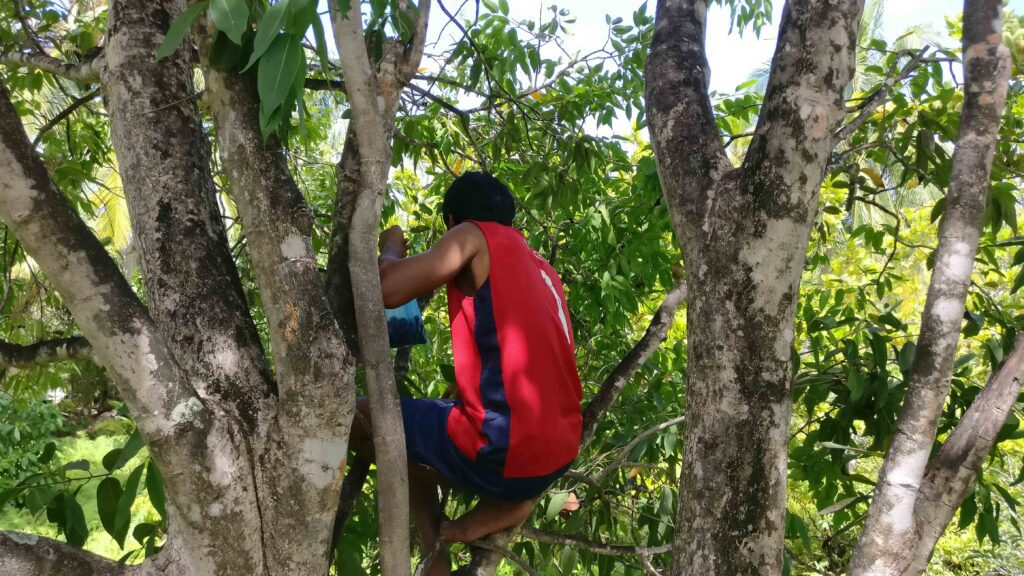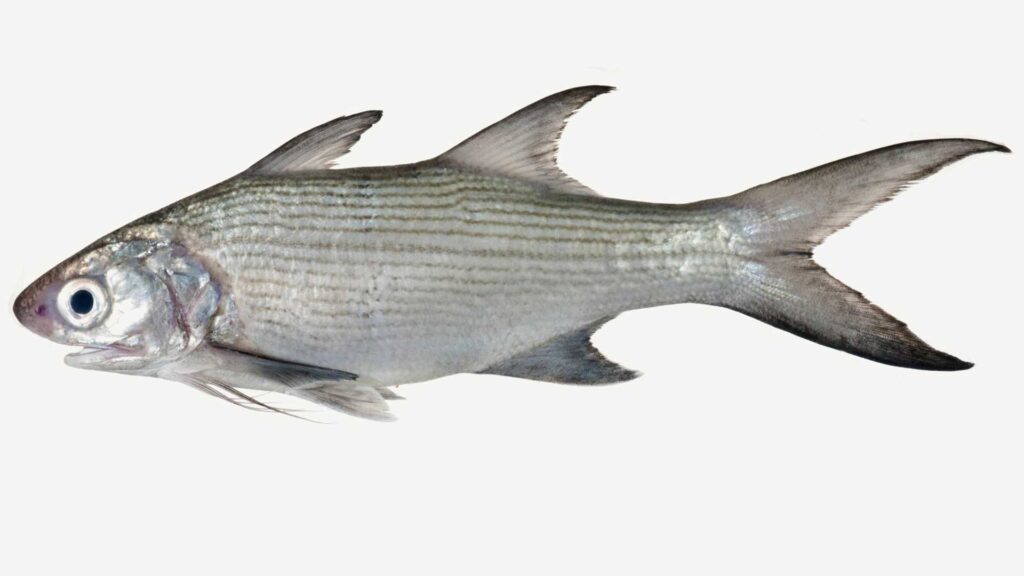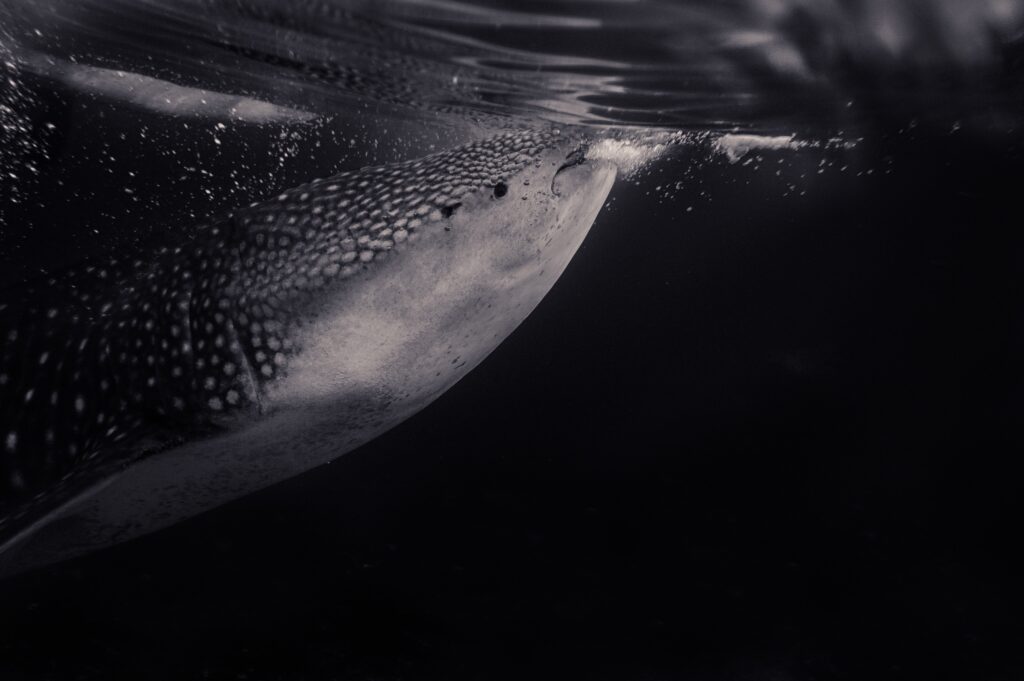
Plucking the fruit of this tree is a fun for many of us people especially during our childhood days. We set off to “dhambo val” – the thick vegetation or ‘jungle’ of the area where these trees are in abundance.
We normally go in groups. As soon as we reach the area, those who are skilled, quick and experienced, will climb up the tree in a shot. Crawling, they will pluck clusters of the fruits and collect into bags. While plucking, they eat the fruits of the tree. Their mouth is full of fruits and tongues stained in dark purple. “Drop me. There is a cluster. Drop me some,” those who wait under the trees beg for fruits as the those in the trees are obsessed in eating the fruit.
The tree branches are so strong that even the small thin branches bend like carbon fishing rods. But they crawl and walk along these branches. Some daring boys climb up the topmost branches as well. Tragic accidents had occurred while indulging in this fun. Some boys have fallen from the trees and sustained serious bodily injuries. But the joy of plucking the fruits and eating them on the branches are exciting adventures. And the spectacular aerial view above the yam fields is mesmerizing.
From above, you can witness the tranquil taro fields, coconut trees, ferns, and many other species of flora below the huge tree. Cackling and giggling of the moorhen will tenderly touch your eardrums. I have experienced this view several times. Those are great memorable experiences that I can never forget.
The common names for this tree are: black plum tree; Indian blackberry; jambolana; jamun; Java plum; Java plumtree; Malabar plum; and Portuguese plum. The fruits of this tree appear like berries with an oblong shape similar to Kalamata olives. The fruit has a dark purple to almost black skin with a starkly contrasting pink or white flesh. The oblong fruit appears in clusters of just a few or 10 to 40.
The fruit is in season during December to April. The fruit contains a hard seed which should be discarded. When eaten, the dark-colored skin leaves a stain on the lips and mouth that can last for several hours. The wood is whitish, close grained and durable. The leaves are leathery. This is a multipurpose tree that was used in Maldives for timber and medicine. The fruits are a remedy for diarrhea, splenopathy, urethrorrhea and ringworm.




